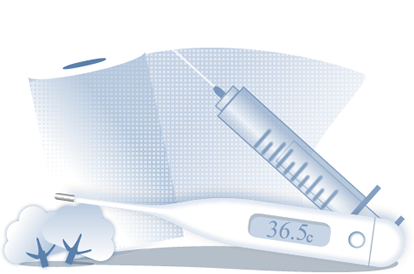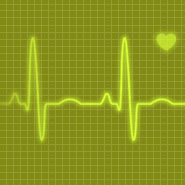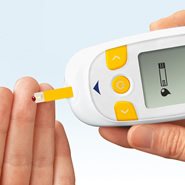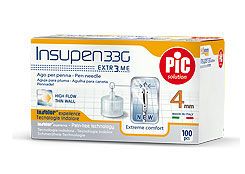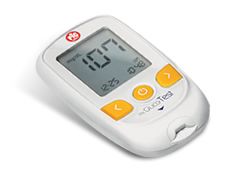
The journey of glucose through the blood
Diabetes is a chronic metabolic disorder characterized by an abnormal increase in sugar levels in the blood. Glucose is the part of the sugar in food that cells turn into new energy. But what happens to glucose in the blood when one gets diabetes?
In order to understand what happens inside the body of someone with diabetes, we have to go straight to the pancreas. This is an important organ for digestion and it releases insulin, a hormone that promotes absorption of sugar, and glucose in particular, which is the part that gets converted into energy by the cells. In the case of a person with diabetes, the production of insulin by these cells is insufficient or nonexistent. And that's when glucose starts to collect in the blood.
The way glucose collects in the blood
Diabetes mellitus is a chronic disorder that occurs when not enough insulin is produced by the pancreas. Insulin is like a key that you use to open a door; if you don't have the key, or it doesn't work in the lock, you'll never be able to open it. Here, the "door" represents the entry channels taken by nutrients like glucose into the cells: if there isn't any insulin or there’s not enough, these channels don't open, and the nutrients, like glucose, can't get in. The result? Glucose collects in the blood, and when the cells don't receive energy, they weaken.
Diabetes is a no-entry street for blood sugar
With diabetes, glucose doesn't manage to reach 2 important areas of our body: the muscles and adipose tissue (body fat), which means that glucose collects in the blood and keeps increasing until it can't be held back by the kidneys anymore and ends up spilling into the urine, along with large quantities of water. That's why this disorder is called "diabetes", which means "passing through": ingested food, and nutrients like glucose, are not used by the system, but pass through the body and are eliminated with the urine.
Blood sugar, "sweet" chemistry
In these conditions, the urine becomes sweetened, because of the large quantities of glucose it has received; this is where the name diabetes mellitus comes from, as "mellitus" means "sweet as honey". It's the term "like honey" that distinguishes this type of diabetes from "diabetes insipidus", a very rare condition that isn't linked to diabetes mellitus. It's characterized by an increase in urine (up to 20 - 25 liters a day) which doesn't contain glucose (hence the term "insipid"), and doesn't cause a lack of insulin or hyperglycemia. With "diabetes insipidus", the kidneys don't filter water correctly, because of an insufficiency of the kidneys themselves or the lack of the antidiuretic hormone that regulates them. There is a "passing through", but in this case, it's only water, and no glucose.
Understanding the values of blood sugar
Glycemia, the concentration of glucose in the blood, is calculated in milligrams per deciliter (mg/dl). A normal glycemic value would range between 70-110 mg/dl. When glucose values in the blood are too high, above 126 mg/dl after fasting for 8 hours, or 200 mg/dl after a meal, then hyperglycemia can occur and there is a risk of diabetes. Hyperglycemia can cause damage to various organs and apparatus, specifically the cardiovascular system, the eyes, the arteries and the nerves in the legs, kidneys and brain.

